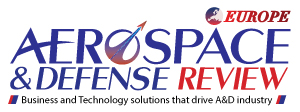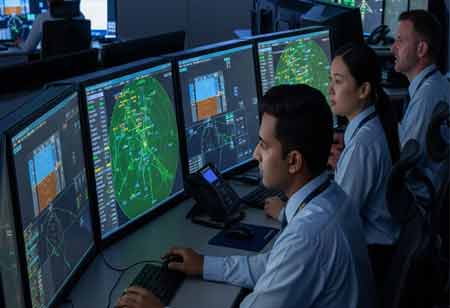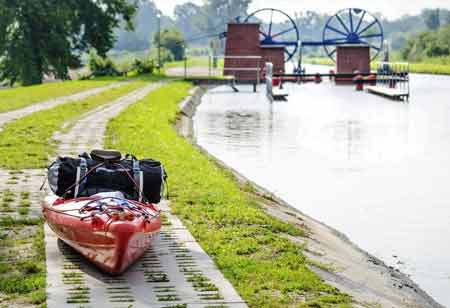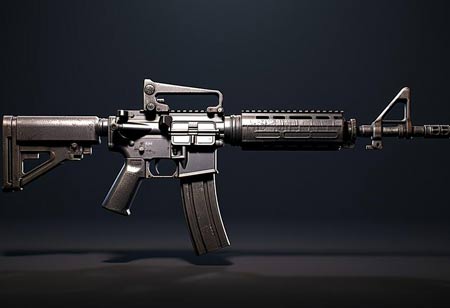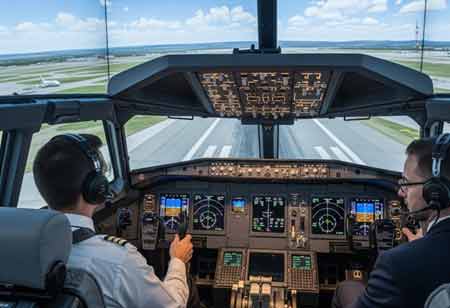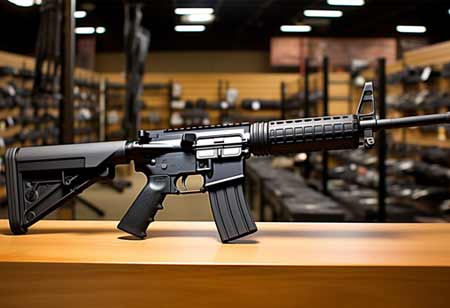Air traffic control radar systems in Europe sit at the centre of a complex, safety-critical ecosystem that connects passengers, airlines, airports, and national air navigation service providers. As post-pandemic traffic rebounds, low-cost carriers expand point-to-point routes, and business aviation recovers, the European radar landscape faces rising performance expectations like higher accuracy, faster update rates, better resilience to interference, and tighter integration with surveillance sources beyond classic primary and secondary radar. The market increasingly values solutions that fuse data from multiple sensors, automate controller workflows, withstand spectrum congestion, and scale with the continent’s intricate patchwork of airspace classes and sovereign requirements.
Balancing Demand and Technological Challenges
Airports and en-route centres also weigh power costs, site access restrictions, and environmental constraints, which influence antenna siting, mast heights, and radome selection. The proliferation of small uncrewed aircraft systems and the emergence of advanced air mobility amplify the need for low-level surveillance and cooperative-noncooperative target deconfliction. Solid-state transmitters replace travelling-wave tubes to improve reliability, reduce maintenance, and enable agile waveforms.
European implementations are increasingly relying on wide-area multilateration in valleys and terminal areas where radar line-of-sight is constrained. Time difference of arrival networks of small receivers fill gaps at a modest cost and can be relocated as the airfield evolves. The latest trends reflect a push from hardware-centric to software-defined, data-rich radar ecosystems. Sensor fusion has evolved from simple track stitching to probabilistic multi-hypothesis tracking, which weights sources based on integrity, continuity, and timeliness.
Applications extend well beyond traditional en-route coverage. In terminal areas, approach radars with high rotation speeds and short dwell support rapid track updates during dense arrival waves. Coastal states deploy long-range PSR to manage oceanic transition corridors and search-and-rescue coordination, where non-cooperative detection can be critical. Mountainous regions rely on gap-filler radars and passive receivers to mitigate terrain masking; cross-border corridors layer multiple national sensors and apply harmonised filtering to avoid duplicate plots. Challenges persist, and the market’s most credible solutions are pragmatic rather than flashy.
Supply chain volatility for RF components and specialised semiconductors can delay upgrades; European buyers hedge by qualifying multiple vendors, adopting modular line-replaceable units, and stockpiling critical spares. Site permitting for new towers faces environmental and community scrutiny; suppliers respond with compact, quieter, lower-power solid-state arrays and designs that reuse existing infrastructure where possible. Spectrum encroachment from 5G and other services poses a challenge to legacy receivers. Modern front ends, featuring sharper filtering, linearisation, and interference cancellation, safeguard the detection range without expanding guard bands.
Mitigating Integration Risks in Radar Systems
From a systems engineering perspective, integration risk remains a nontrivial concern. The solution is disciplined open architecture. It allows legacy and new radars to coexist, reduces vendor lock-in, and shortens the acceptance testing process. ML models forecast failures and schedule maintenance during low-traffic windows, raising availability while shrinking spares usage. Environmental performance is an increasingly explicit requirement. While radar’s direct emissions footprint is modest, the broader environmental impact includes maintenance travel, site power consumption, and disruption-driven holding stacks when surveillance quality drops.
Vendors now publish power profiles and offer innovative power modes that reduce transmitter duty cycle during quiet periods without compromising detection guarantees. Better tracking quality directly supports continuous descent operations and optimised profiles that reduce fuel burn and noise, linking surveillance accuracy to measurable sustainability outcomes. Some projects align with circular-economy goals by refurbishing pedestals and towers, replacing only the RF front ends and processors; this reduces steel and concrete usage while achieving performance gains.
Safety improves as non-cooperative detection strengthens the defence-in-depth when cooperative sources fail, and as clutter suppression prevents ghosting. Capacity increases when higher-quality tracks justify reduced separation in specific phases, allowing for additional runway throughput without physical expansion. Resilience grows through geographic redundancy, virtualised processors, and multi-feed fusion that rides through single-point failures, spectrum anomalies, or maintenance windows. Fewer delays and shorter vectoring save fuel, crew time, and passenger hours; lifecycle-optimised radars with predictive maintenance reduce unplanned outages and technician dispatches.
Advancements in Surveillance Technology and Collaboration
The need for investment remains strong because the surveillance task is expanding, not shrinking. Each adds different altitude bands, speeds, and cooperative behaviour profiles. A resilient radar backbone that can see non-cooperative targets and arbitrate between ambiguous returns is the anchor for safe integration. Climate volatility increases the operational premium on robust surveillance during convective weather, crosswinds, and winter contamination when runway occupancy spikes and clear separation is essential. Geopolitical realities emphasise sovereign surveillance assurance and cross-border interoperability; countries need confidence that national systems meet domestic safety objectives and seamlessly interlace with neighbours.
European buyers and suppliers will likely prioritise three development tracks. Continued migration to solid-state, software-reconfigurable transmitters and digital beamforming will yield finer control over coverage patterns and interference mitigation while simplifying maintenance. Deeper fusion with non-radar sources, including space-based ADS-B for oceanic transitions and cooperative U-space feeds for low-altitude corridors, will extend situational awareness across the vertical spectrum. Challenges around supply chains, siting, spectrum, workforce, and integration are real but solvable with modular hardware, open interfaces, robust cybersecurity, and disciplined safety cases.
